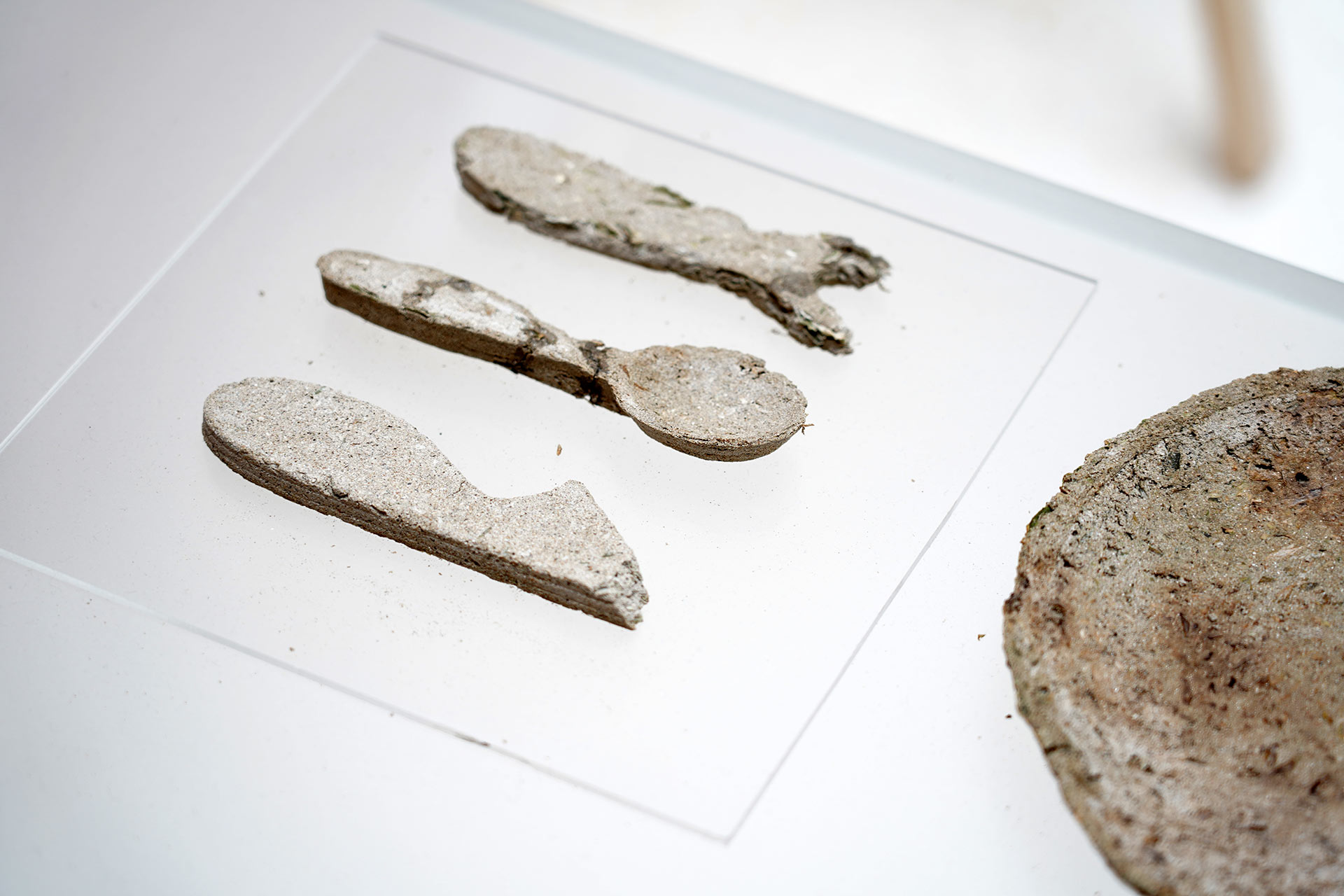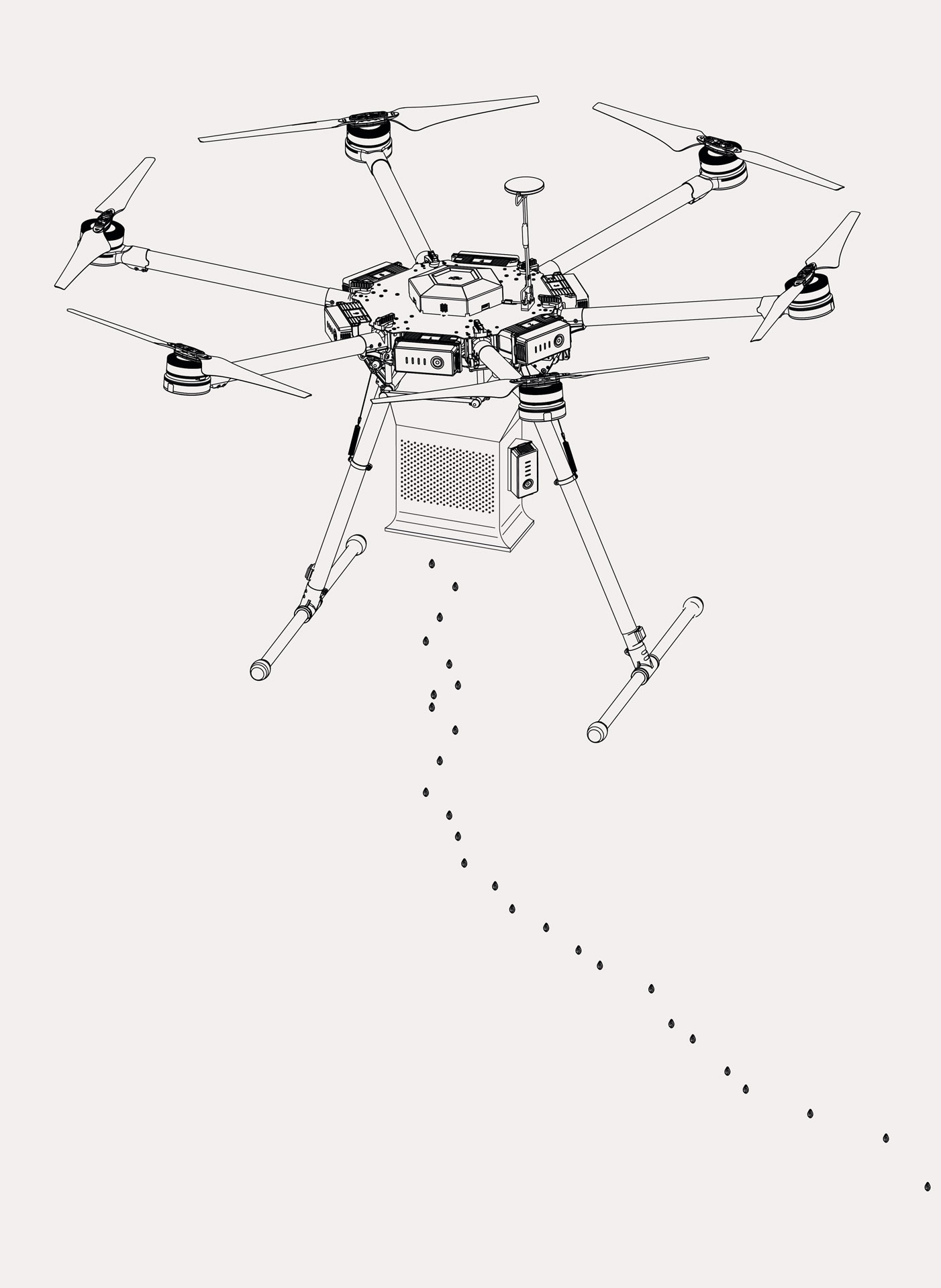 F.002
F.002
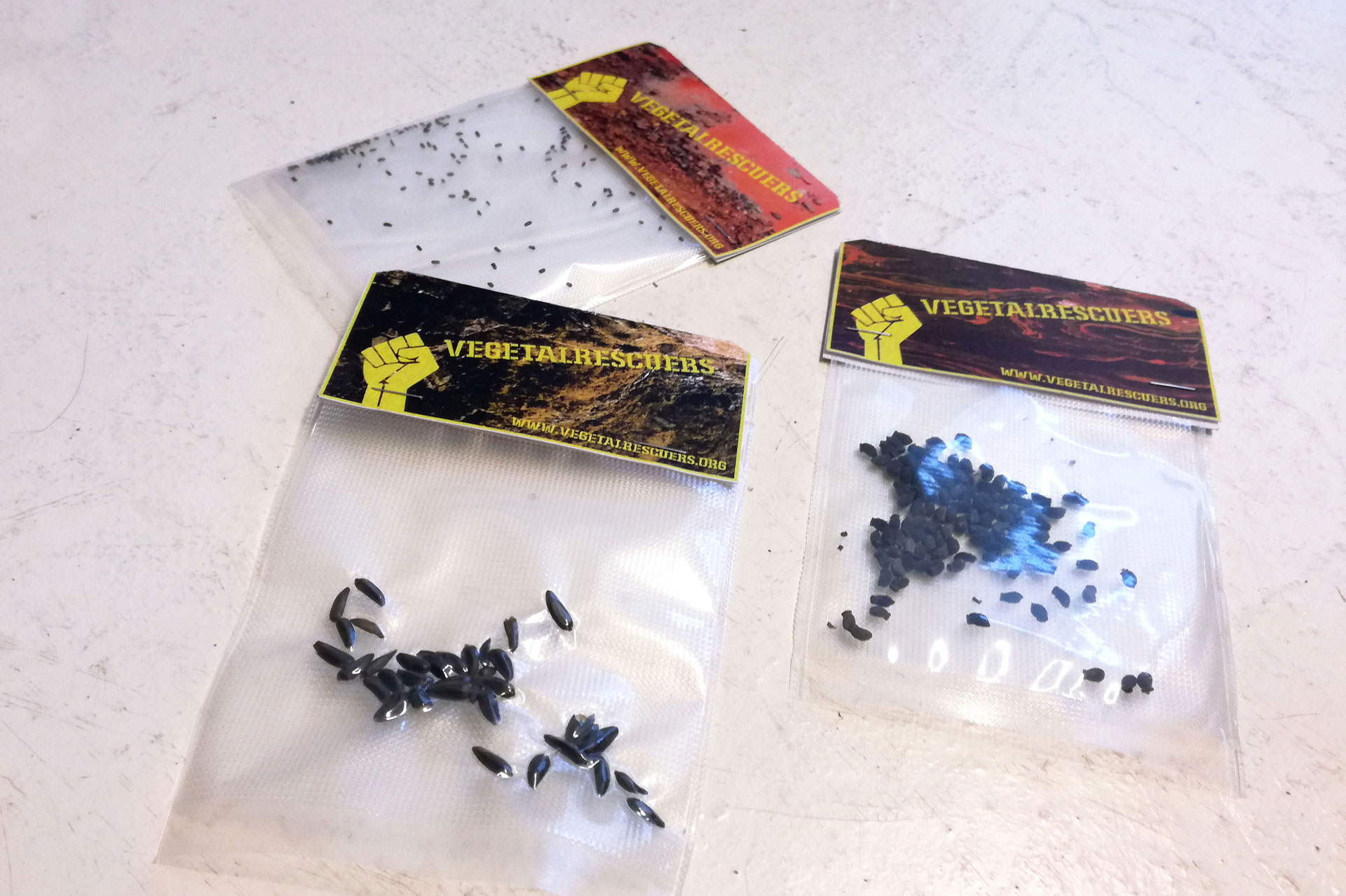 F.003
F.003
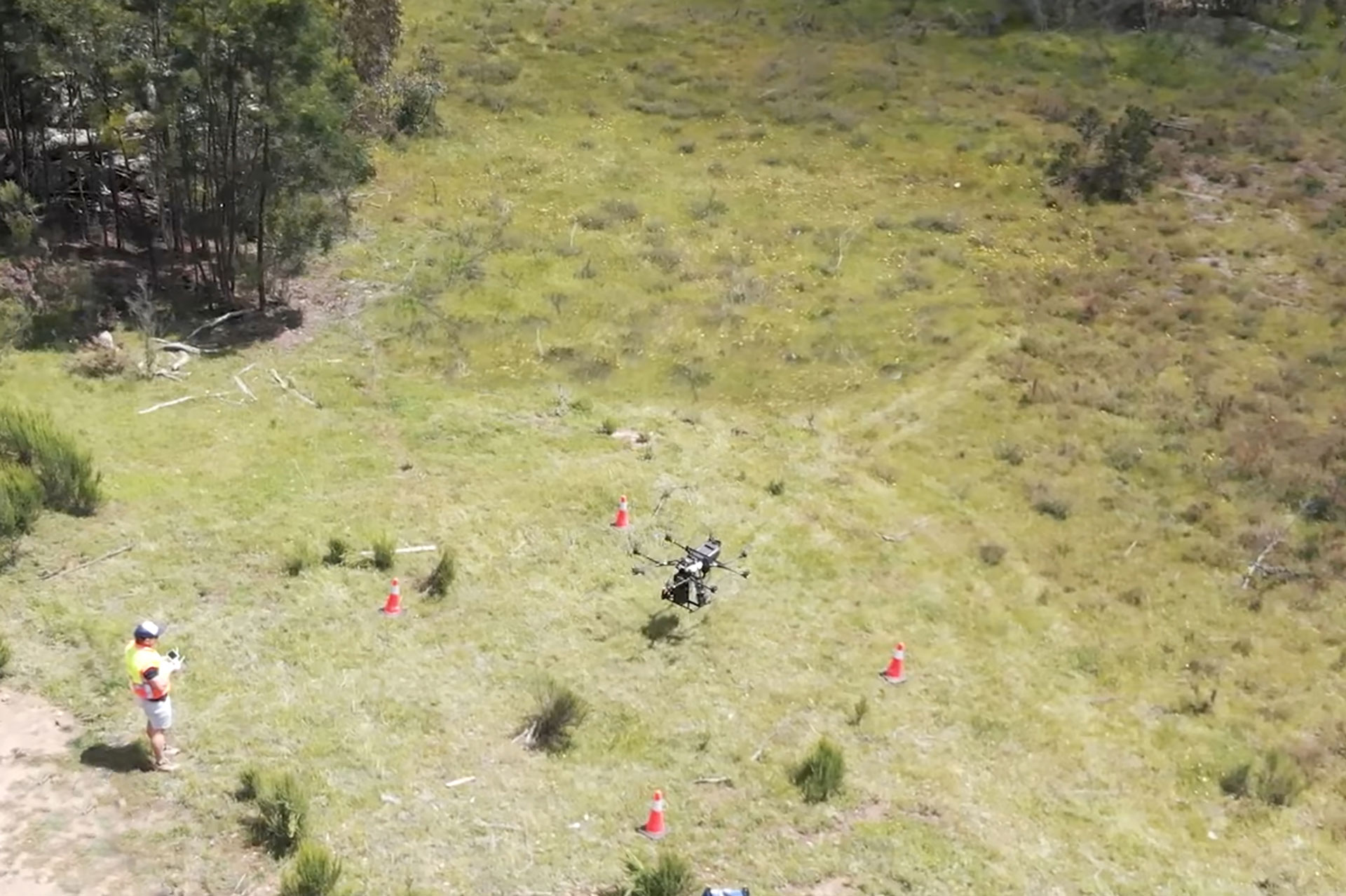 F.004
F.004
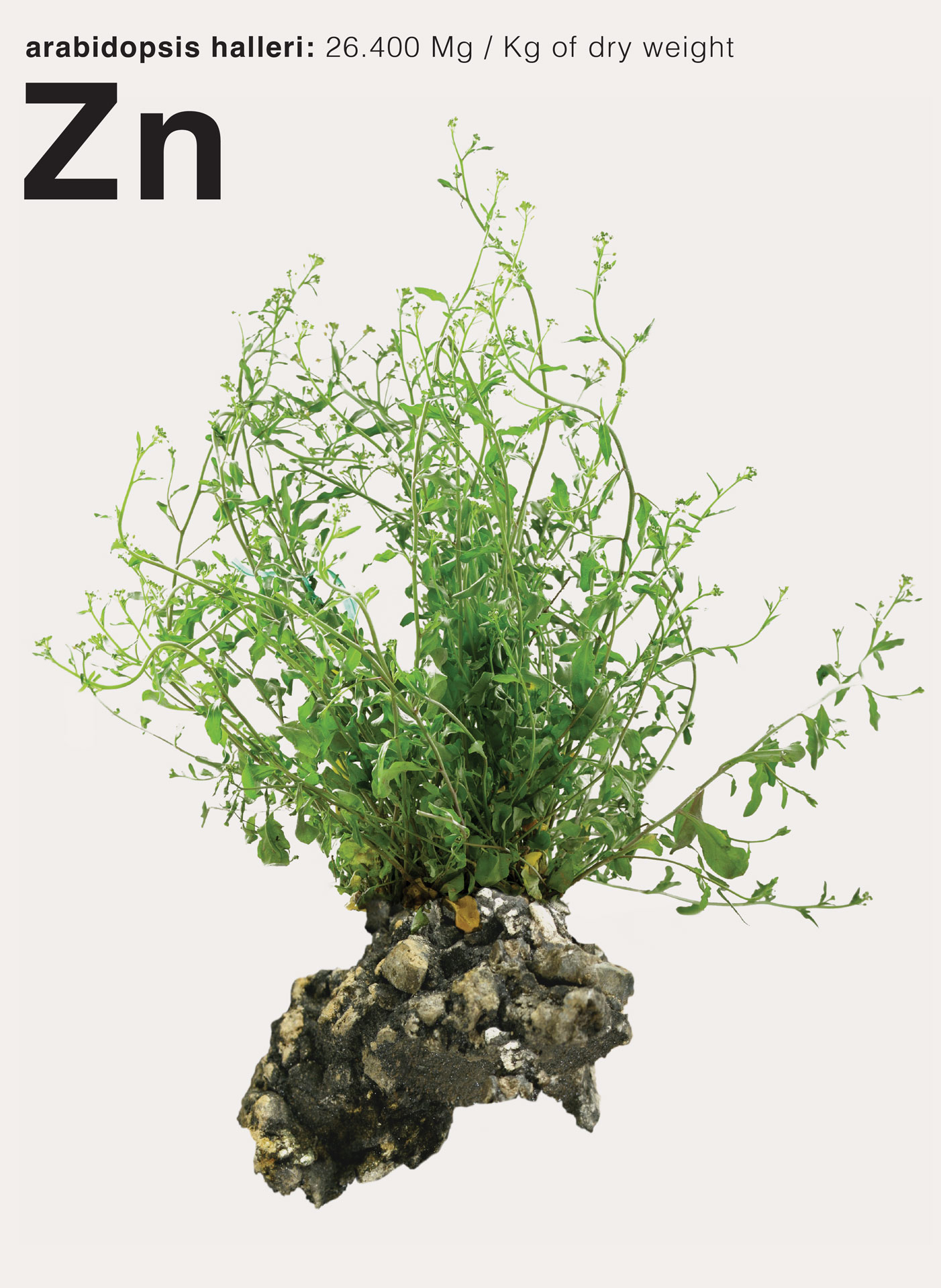 F.006
F.006
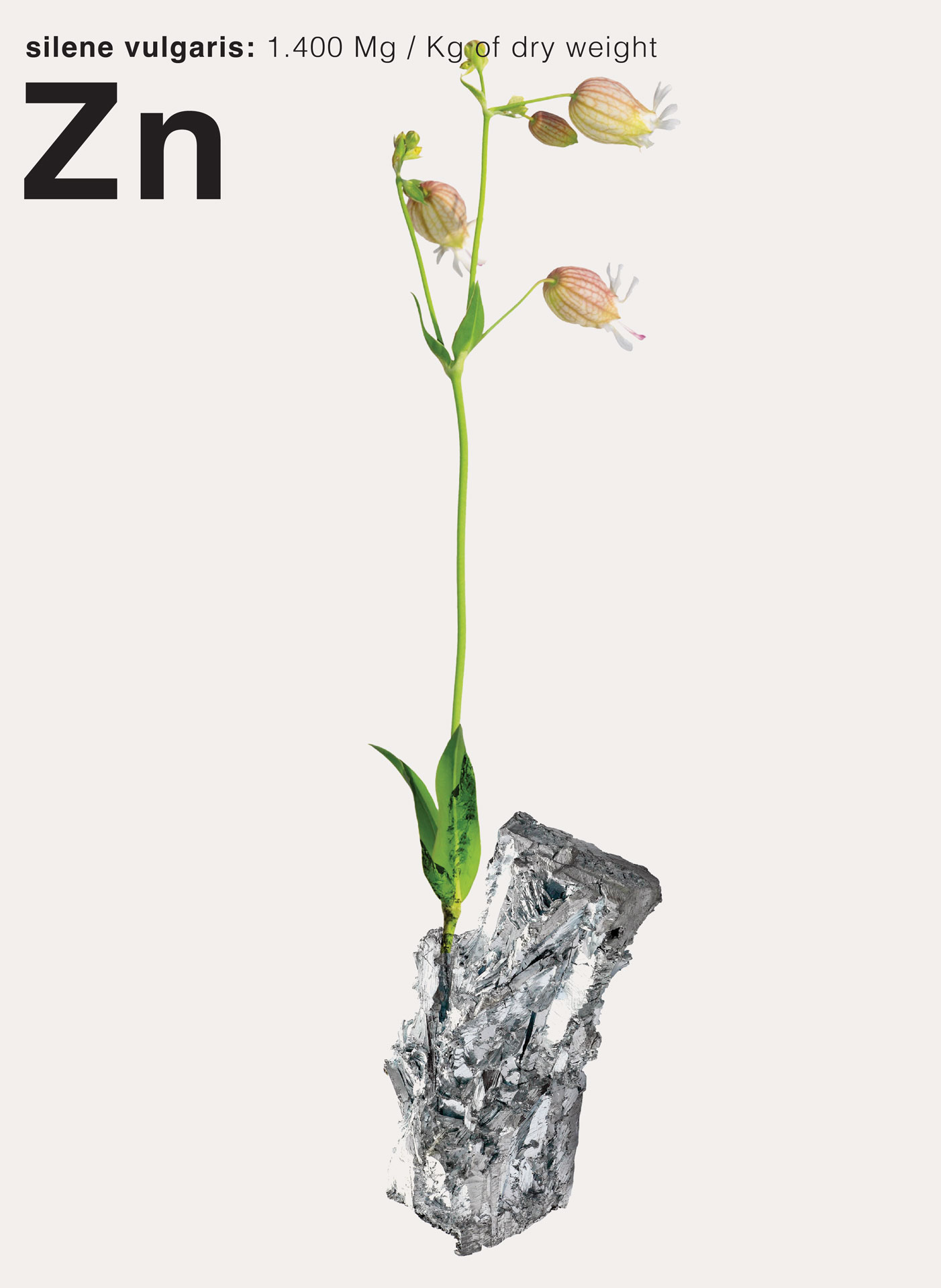 F.007
F.007
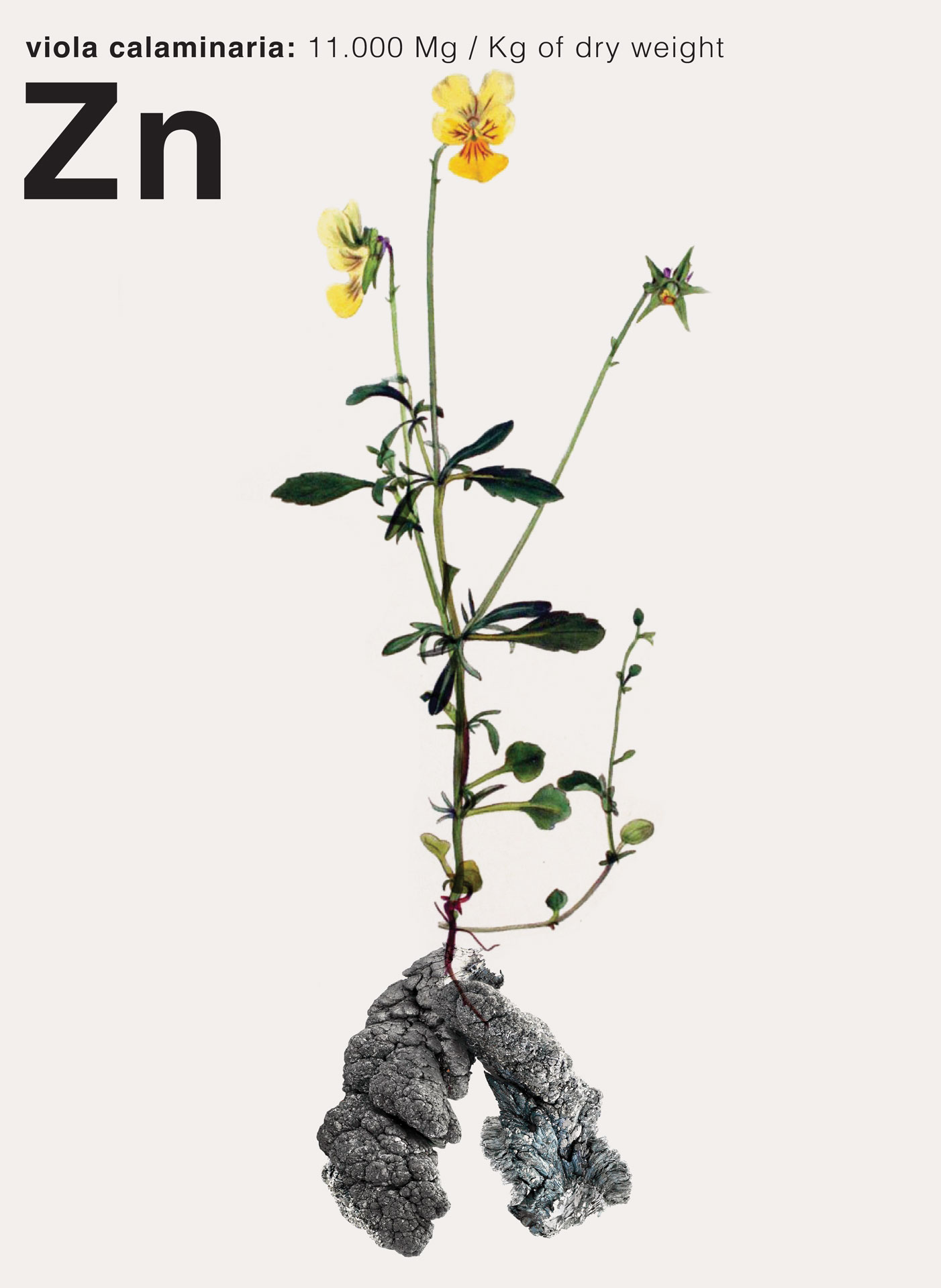 F.008
F.008
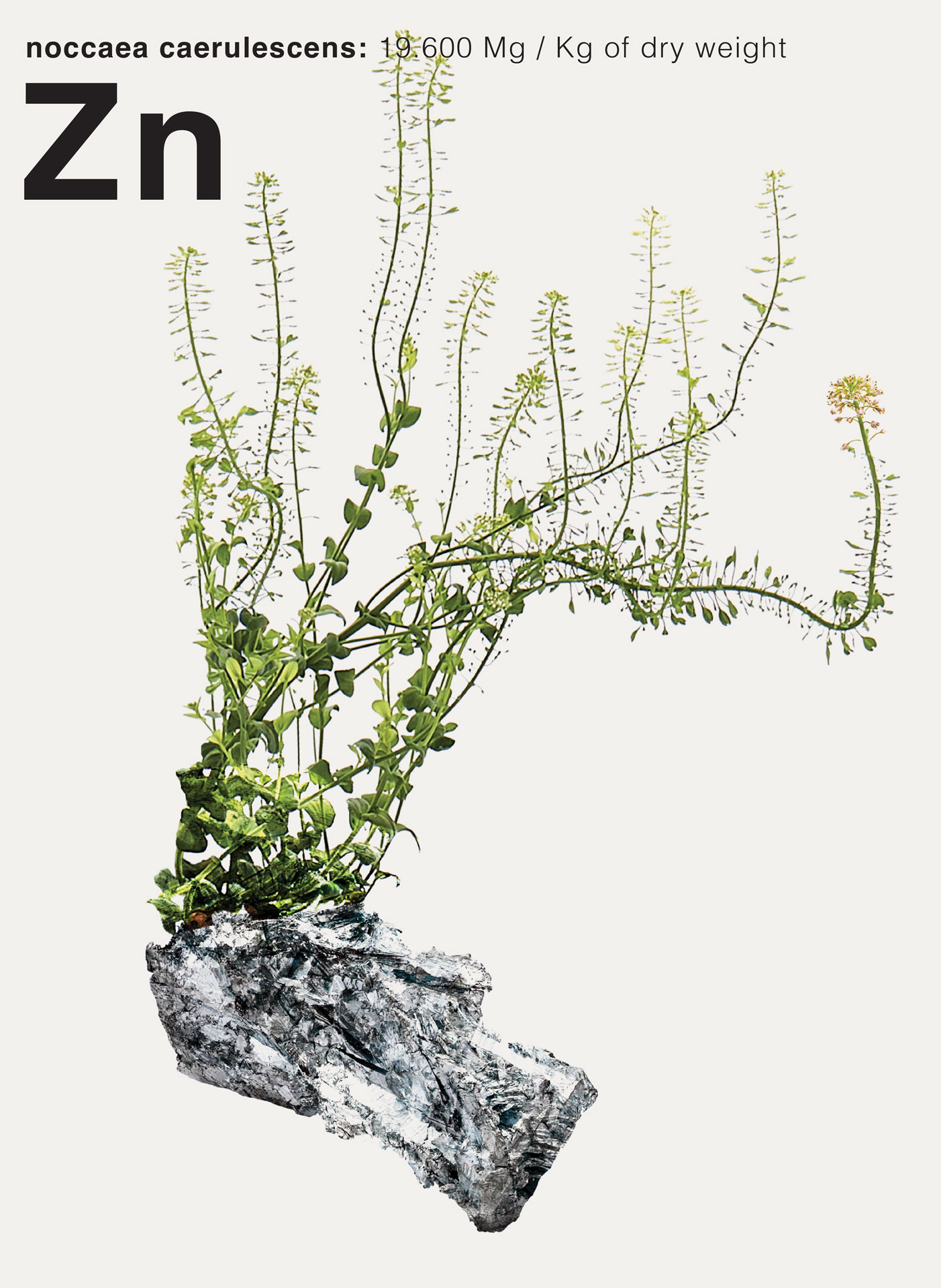 F.009
F.009
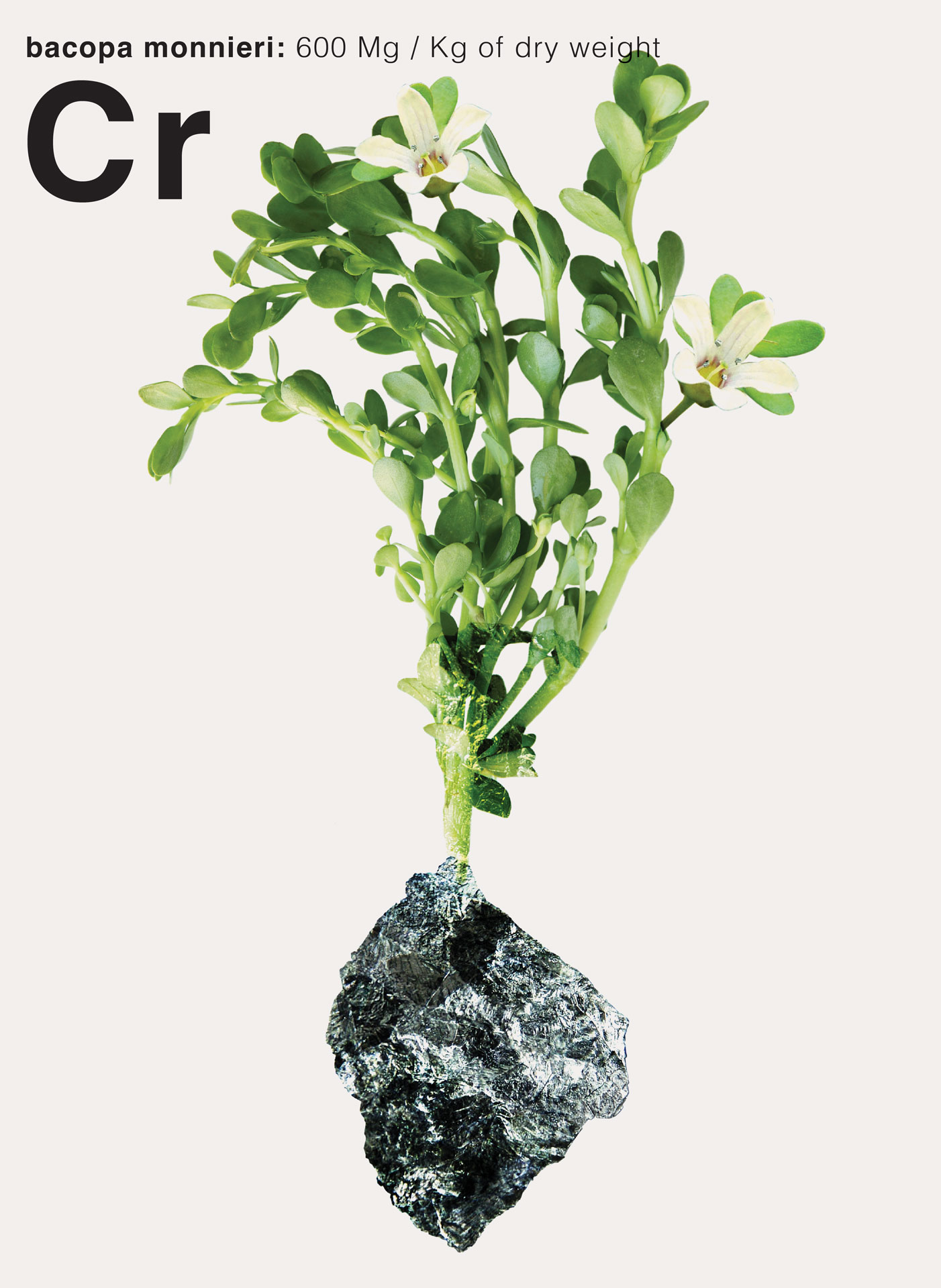 F.010
F.010
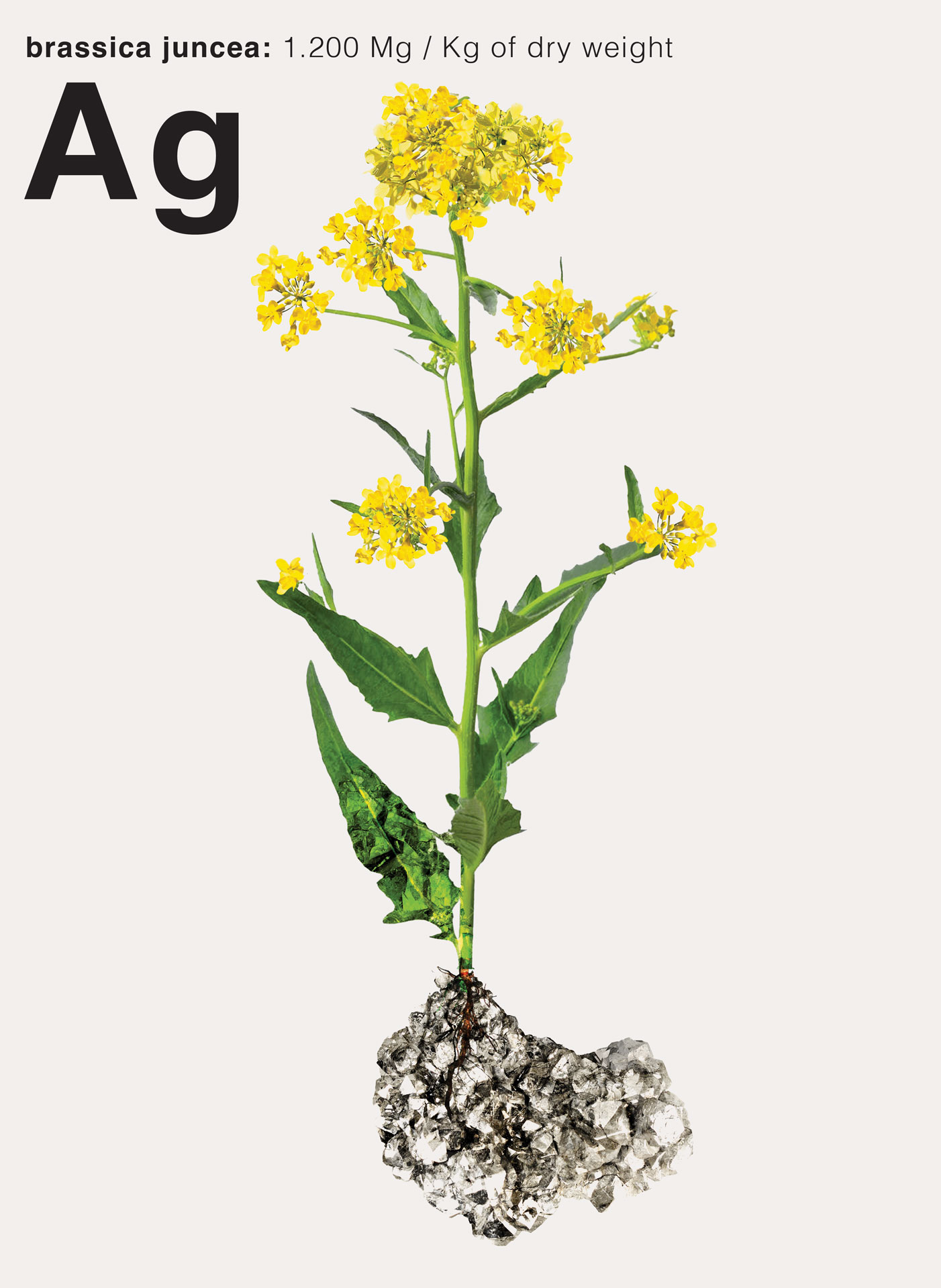 F.011
F.011
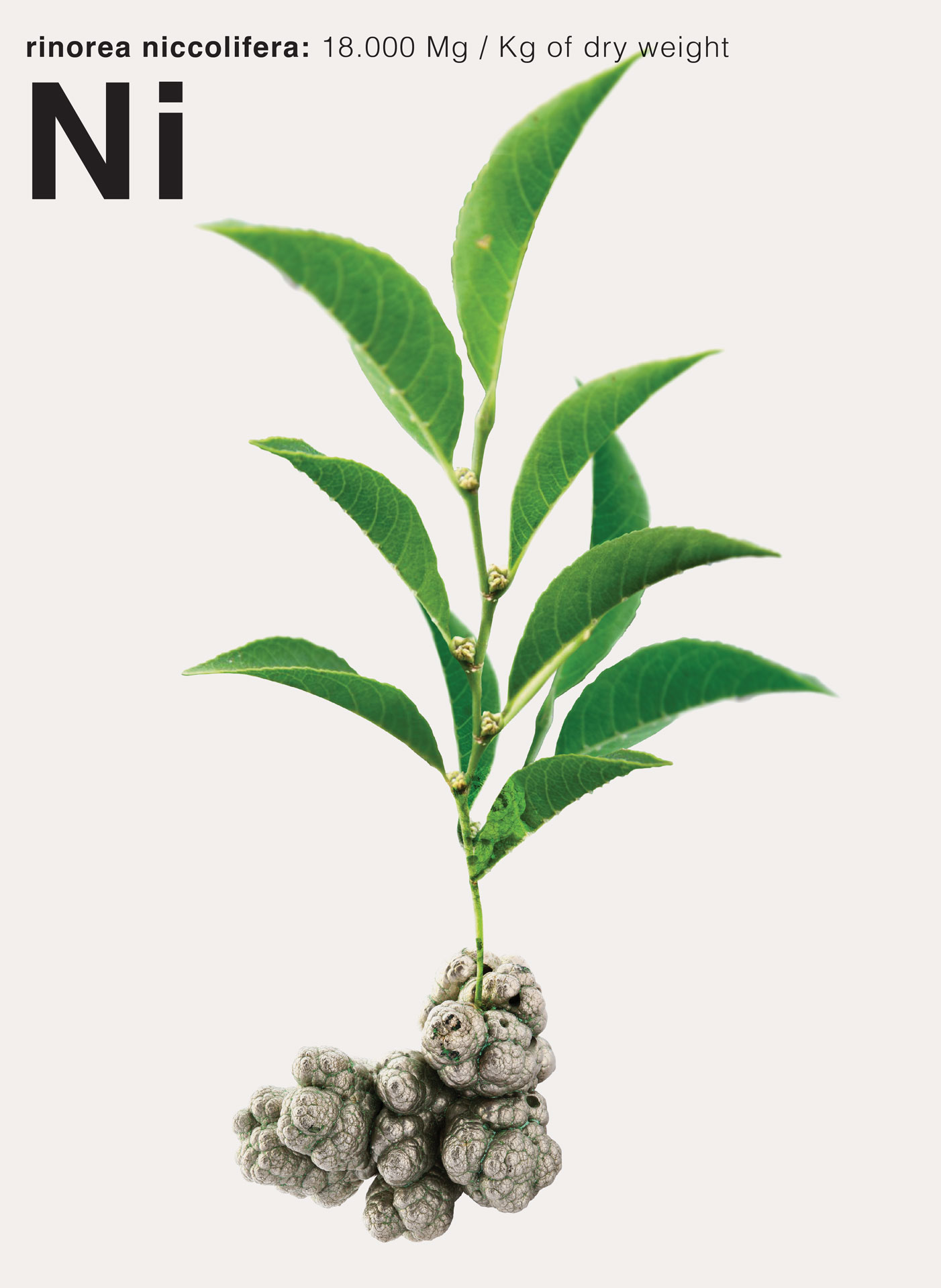 F.012
F.012
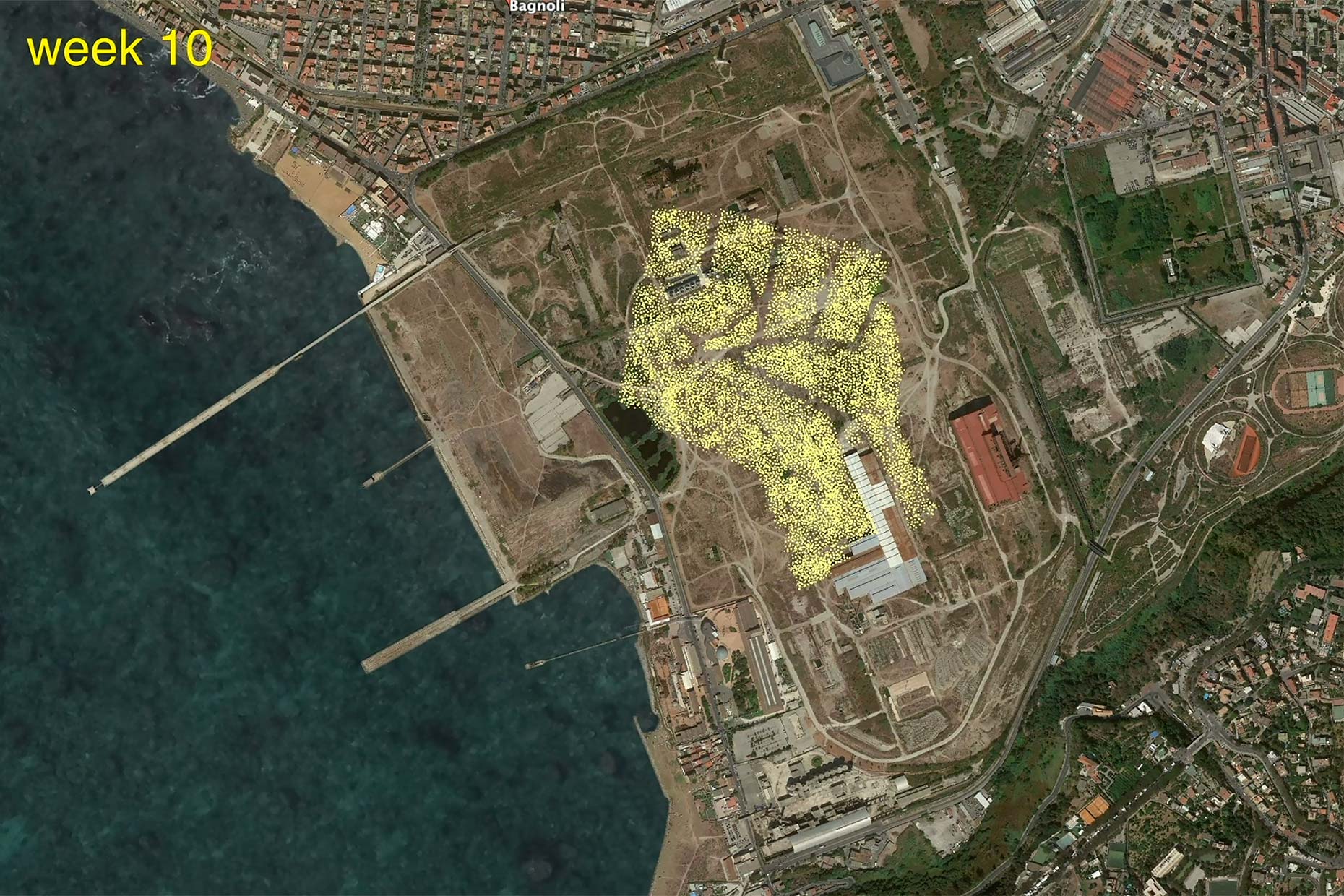 F.005
F.005
R.004
Vegetal Rescuers
“Plants seem absent, as though lost in a long, deaf, chemical dream. They don’t have senses, but they are far from being shut in on themselves: no other being adheres to the world that surrounds it more than plants do […]. They participate in the world in its totality in everything they meet”. Emanuele Coccia
Words
– – –
Prelude
The project explores the theme of metal contamination through the lens of hyperaccumulators’ metabolic processes, thus continuing the work initiated with Geomerce, yet shifting the focus on those plants as actors capable of mediating new modes of interaction with brownfields. Vegetal Rescuers asks in what ways plant metabolism in contaminated sites could open to alternative modes of human/plant encounter, and whether this could lead to multispecies forms of resilience and dwelling.
– – –
Concept
The contaminated site exemplifies one between the many consequences of capitalism: it is a socially constructed place, with processes and materialities that are directly tied to the public perception of risk. As toxic contaminants are visually untraceable to the naked eye, those areas often become matter of concern for the population fear and neglected spaces, which prevents those territories from becoming socially actionable. The project consists of a proposal for site-specific interventions on polluted sites, entailing that hyperaccumulators, by flourishing on contaminated land, might guide human communities to reconsider the ecological value of those places, thus supporting potential requalification processes. Using drones, specially equipped with a sowing module, the devices is converted into a seed printer. As contaminated sites are often extended, abandoned places, whose access to the public is usually restricted, drones can fluidly cover the vastness and unevenness of such territories. By programming those devices to follow a specific air path, we foresaw seeds to be evenly sprinkled on the ground, even in areas that would otherwise remain inaccessible.
– – –
Design
The drone’s path follows the graphic outline of a raised fist, the logo of the project. However, the growth of the artwork depends on the agency of the seeds: their way of interacting with the ground on which they fall, the climate, the type of flora and fauna living in the area. Most of the seeds might or might not grow, some of them might get dispersed by the wind or change their original location. This experiment of drone-sowing wants to account for hyperaccumulators’ metabolism as a performative design process that changes over time and depends on pre-designed aerial routes as well as on the routine, purposive and transformative actions of the seeds. Plants have ownership over the artwork and its aesthetic appearance, according to their own metabolic processes. In doing so, at each stage of the project, they perform their actions independently, liberating both, the process from human control and the contaminated land from socially constructed biases.
Team
Design
Gionata Gatto, Alessia Cadamuro
Science
Milena Holmgren (Wageningen University), Mark Aarts (Wageningen University);
Programme
Studio Gionata Gatto
Video
Studio Gionata Gatto
Exhibitions
01.11.2018 – 01.12.2018
WUR, Art meets Science (NL)
Press
Would you like to receive press materials about this project? Enter your email here
